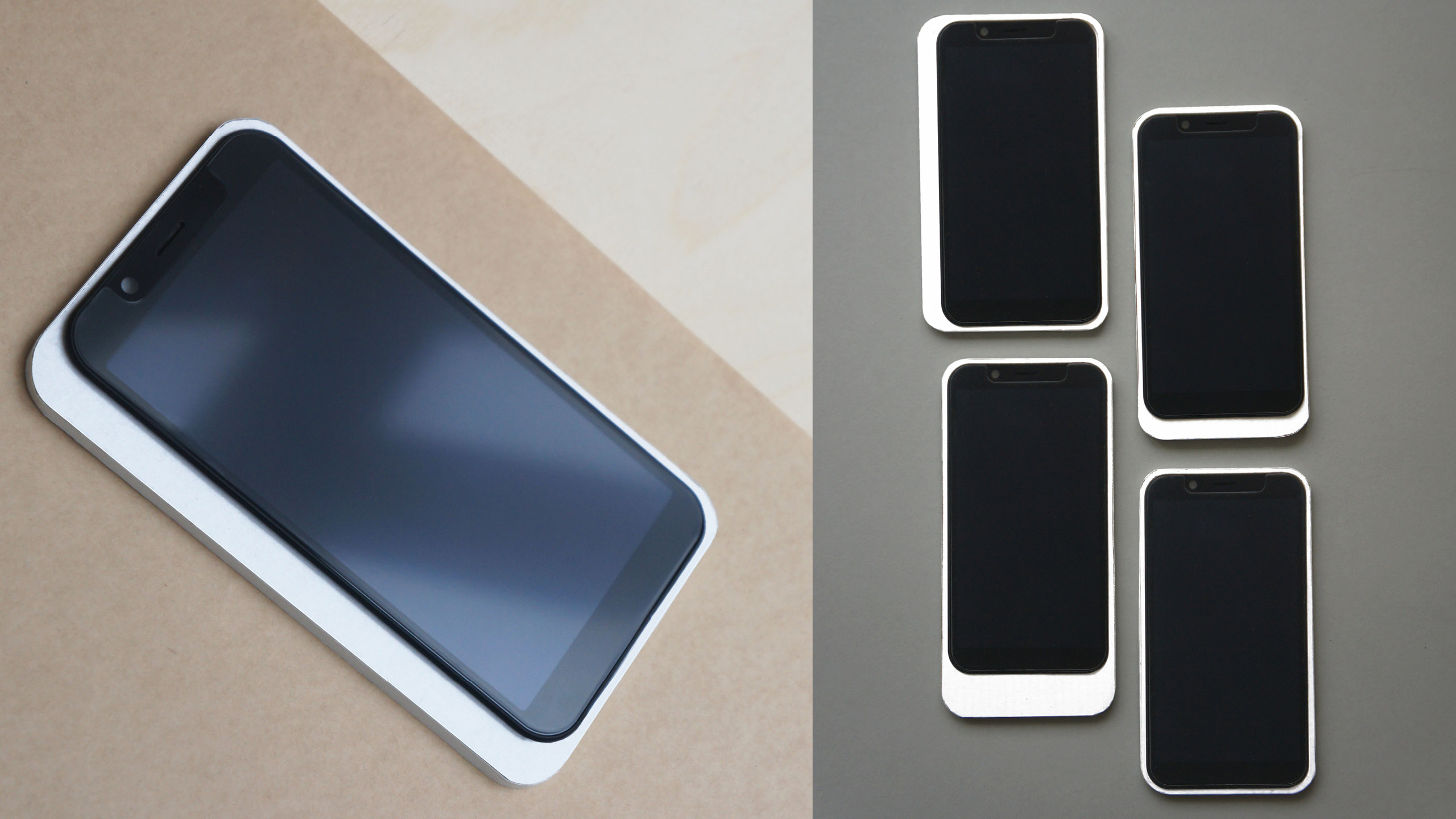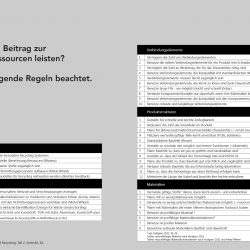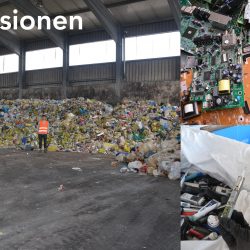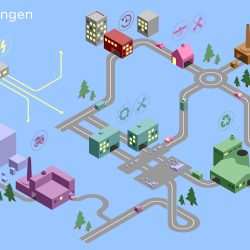Normierungen – für Reuse und Recycling
Description
Standardization is an excellent tool to protect our unique ecosystem from the increasing environmental degradation of the contemporary economic system. At the same time, it is a resolute argument for design to observe important rules and a hopeful demand for political decision-makers to provide the necessary framework conditions through standardization.What is the Topic?
Using the example of electronic devices, the work addresses the dark side of digitalization: electronic scrap. The quantities increase considerably due to technological progress, which is based on the use of high-alloy metals and rare earths. In addition, complex product architectures complicate the recycling processes, which are not designed for socalled innovations, an imbalance. In order to counteract this development, designguidelines are important, which could pave the way for more recycling. As an intervention, the concept paints an ideal system. In it, all actors involved follow politically initiated standards as a basic prerequisite for the regenerative circulation of raw materials.
Why does it look like this?
The subject of the work is complex. Therefore it looks holistically onto an abstract world. The actors significantly are affected by the intervention. The world shows a state before - and a state after the intervention. In this way the concept tries to show the connections between the actors and to clarify the positive consequences that the introduction of standards for components and materials of electronic devices would accure.
What is special?
Against the background of the ongoing exploitation of resources by industrial civilization, the work attempts to transplant dogmatic norms into a freedom-loving discipline - design. This is not only special, but also opens the possibility for lively discussion and co-design! The concept demands a responsible design of products. There have been several attempts to regulate design in the history of design. The failure of these attempts are also well known. There are obstacles, especially for manufacturers or designers - why should manufacturers take part at all? How great is the creative power of design, if it has to follow rules - will everything soon look the same? - This paper aims to provide an impetus to discuss these and other questions.
What is new?
What is new about the concept of standardization, however, is the current political debate and the global dimension. The concept does not want to standardize design processes. It wants designed products meeting certain requirements before they reach the market. The work underlines the explosive nature of the topic with a practical example: Indium tin oxide is used as a transparent semiconductor in almost all displays of our electronic devices. The mining of raw materials is accompanied by irresponsible environmental destruction, and the production and recycling processes are energyintensive and inefficient. Standardization would help to keep resources alive longer.







